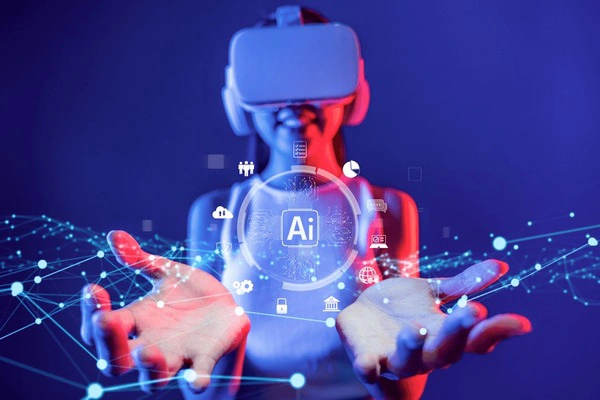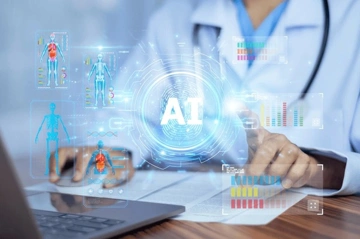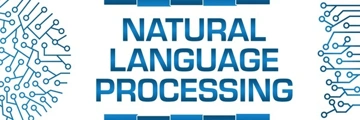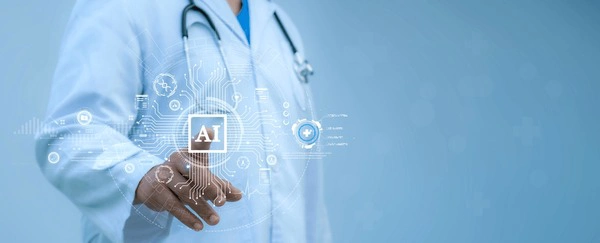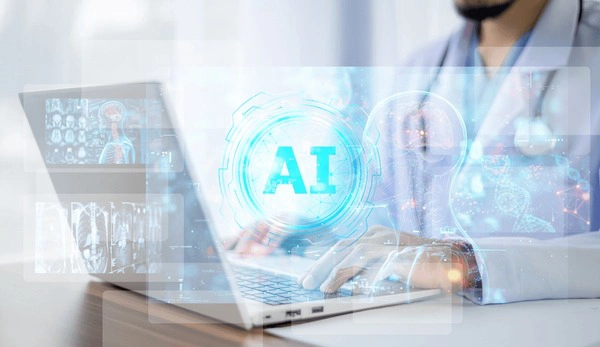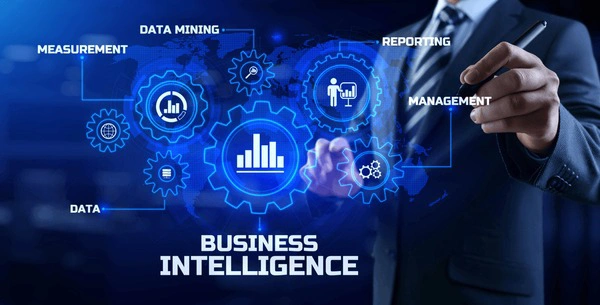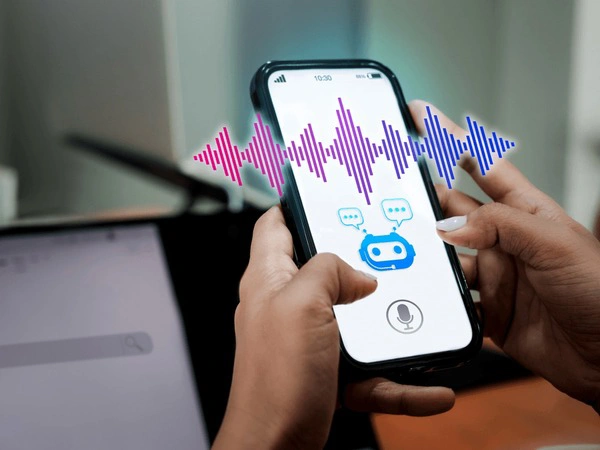
Speech Recognition: Bridging Communication and Technology
Speech recognition technology offers a revolutionary way to connect humans and machines, especially for those with limited literacy. By mimicking human cognitive processes, it enhances accessibility and provides new pathways for communication. As this technology evolves, the balance between innovation and ethical practices remains crucial.
Marcus Bennett
11/11/2024 - 7 months ago

Understanding Speech Recognition
Speech recognition is a fascinating technology that bridges the gap between human communication and digital interfaces. At its core, it converts spoken language into text, allowing machines to understand and process human speech. This capability is not just about convenience; it represents a significant leap in making technology accessible to everyone, including those with limited literacy skills. By enabling voice commands, speech recognition can empower individuals who may find traditional text-based interfaces challenging.
The technology behind speech recognition relies on complex algorithms and vast datasets. These systems are trained using thousands of hours of speech from various speakers to accurately interpret different accents and dialects. This learning process is akin to how humans develop language skills, highlighting a fascinating intersection between artificial intelligence and cognitive science. As researchers continue to refine these algorithms, the accuracy and efficiency of speech recognition systems are expected to improve.
For adults with low educational backgrounds, speech recognition could be transformative. Many individuals in this demographic struggle with reading and writing, which can limit their ability to engage fully with digital platforms. By providing an alternative means of interaction, speech recognition opens up new opportunities for learning and communication. It enables users to perform tasks such as sending messages, searching for information, and even controlling smart home devices, all through voice commands.
The Neuroscience Behind Speech Recognition
From a neuroscience perspective, speech recognition technologies mimic certain aspects of human brain function. The brain processes spoken language by identifying sounds, interpreting them as words, and understanding their meanings. Similarly, speech recognition systems deconstruct audio inputs into components that can be analyzed and understood. This parallel between biological and artificial processes underscores the potential for technology to enhance cognitive functions.
Neuroscientists are particularly interested in how speech recognition can aid individuals with cognitive impairments. For those with conditions such as dyslexia or aphasia, traditional reading and writing can be particularly challenging. By leveraging voice-activated technologies, these individuals may find new pathways to communication and expression. Speech recognition can thus serve as a tool for cognitive enhancement, offering support where traditional methods might fall short.
Moreover, ongoing research in brain-computer interfaces suggests intriguing possibilities for future integration with speech recognition. Such advancements could lead to systems that not only understand spoken words but also anticipate user intent and context. This could revolutionize how we interact with machines, making technology more intuitive and responsive to human needs. As these developments unfold, the ethical implications of such cognitive technologies will need careful consideration.
Ethical Considerations and Future Prospects
The widespread adoption of speech recognition brings with it a host of ethical considerations. Privacy concerns loom large, as these systems often require access to sensitive personal data to function effectively. Ensuring that user data is protected and used responsibly is paramount. Additionally, there is the question of bias in these technologies, as they may not always accurately represent diverse voices and languages, potentially leading to exclusion or misinterpretation.
Furthermore, as speech recognition technology becomes more pervasive, it is crucial to address the digital divide. While these systems can enhance accessibility, they also risk widening the gap between those who have access to advanced technologies and those who do not. Efforts must be made to ensure that speech recognition tools are available and affordable to all demographics, particularly underserved communities.
Looking ahead, the future of speech recognition holds exciting potential. As the technology continues to evolve, it could become an integral part of everyday life, seamlessly integrating into everything from education to healthcare. However, this progress must be balanced with a commitment to ethical practices and inclusivity. By prioritizing these values, the promise of speech recognition can be realized in a way that benefits society as a whole.




